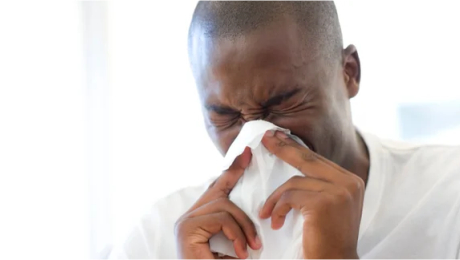Overview
The common cold is a viral infection of your nose and throat (upper respiratory tract). It’s usually harmless, although it might not feel that way. Many types of viruses can cause a common cold.
Children younger than 6 are at greatest risk of colds, but healthy adults can also expect to have two or three colds annually.
Most people recover from a common cold in a week or 10 days. Symptoms might last longer in people who smoke. If symptoms don’t improve, see your doctor.
Symptoms
Symptoms of a common cold usually appear one to three days after exposure to a cold-causing virus. Signs and symptoms, which can vary from person to person, might include:
- Runny or stuffy nose
- Sore throat
- Cough
- Congestion
- Slight body aches or a mild headache
- Sneezing
- Low-grade fever
- Generally feeling unwell (malaise)
The discharge from your nose may become thicker and yellow or green in color as a common cold runs its course. This isn’t an indication of a bacterial infection.
When to see a doctor
For adults — seek medical attention if you have:
- Fever greater than 101.3 F (38.5 C)
- Fever lasting five days or more or returning after a fever-free period
- Shortness of breath
- Wheezing
- Severe sore throat, headache or sinus pain
For children — in general, your child doesn’t need to see the doctor for a common cold. But seek medical attention right away if your child has any of the following:
- Fever of 100.4 F (38 C) in newborns up to 12 weeks
- Rising fever or fever lasting more than two days in a child of any age
- Symptoms that worsen or fail to improve
- Severe symptoms, such as headache or cough
- Wheezing
- Ear pain
- Extreme fussiness
- Unusual drowsiness
- Lack of appetite






























